The Best Culver's Root Companion Plants
Title: The Best Companion Plants for Culver's Root
Introduction:
Culver's root (Veronicastrum virginicum) is a tall, native perennial that is known for its spikes of white or pink flowers. It is a valuable addition to any garden, as it attracts pollinators and provides food and habitat for wildlife. Culver's root is also relatively easy to care for and can tolerate a wide range of conditions.
One of the best things about Culver's root is that it can be grown in companion plantings with other plants. Companion planting is a gardening practice that involves planting different types of plants together to benefit each other. By choosing the right companion plants, you can help to improve the health, growth, and productivity of your Culver's root plants.
In this blog post, we will discuss some of the best companion plants for Culver's root. We will also provide tips on how to plant and care for these companion plants so that you can create a thriving garden ecosystem.
Main Content:
Here are some of the best companion plants for Culver's root:
- Asters: Asters are a type of wildflower that blooms in the fall. They come in a variety of colors, including purple, pink, white, and blue. Asters attract pollinators and butterflies, and they can help to deter pests.
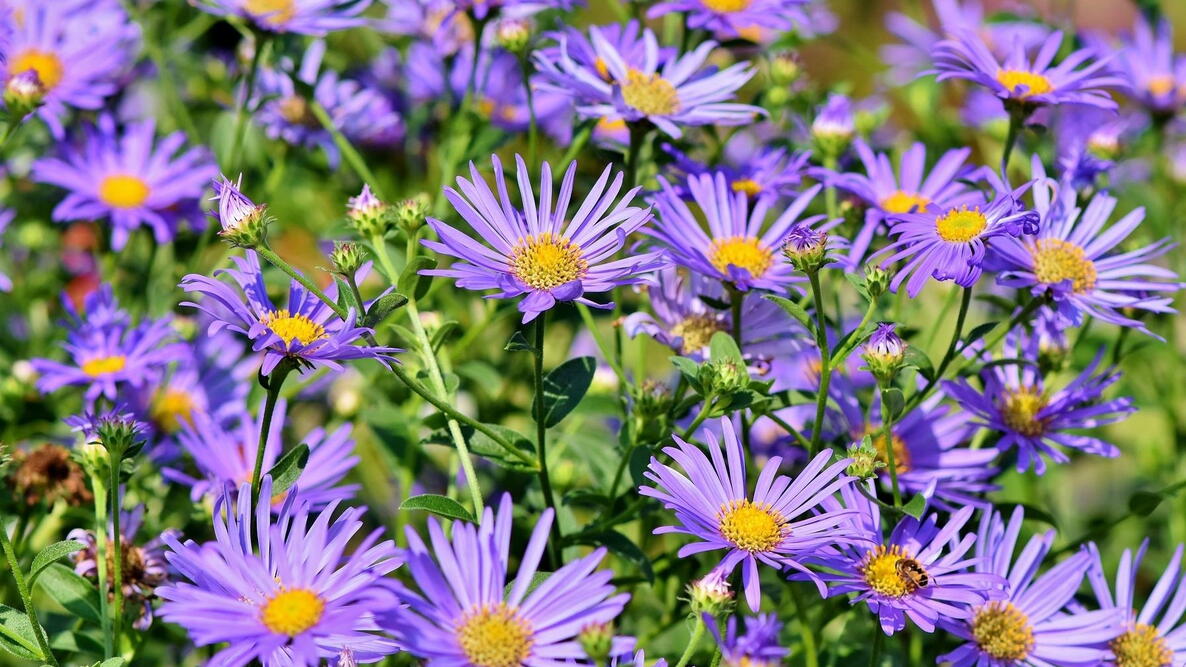
- Black-eyed Susans: Black-eyed Susans are another type of wildflower that blooms in the summer. They are native to North America and come in a variety of colors, including yellow, orange, and red. Black-eyed Susans attract pollinators and butterflies, and they can help to improve the soil quality in your garden.

- Butterfly weed: Butterfly weed is a type of milkweed that is known for attracting butterflies. It blooms in the summer and produces bright orange flowers. Butterfly weed is a native plant and can help to improve the soil quality in your garden.
- Coneflowers: Coneflowers are a type of wildflower that blooms in the summer. They come in a variety of colors, including purple, pink, white, and yellow. Coneflowers attract pollinators and butterflies, and they can help to deter pests.
- Goldenrods: Goldenrods are a type of wildflower that blooms in the fall. They come in a variety of colors, including yellow, orange, and red. Goldenrods attract pollinators and butterflies, and they can help to improve the soil quality in your garden.
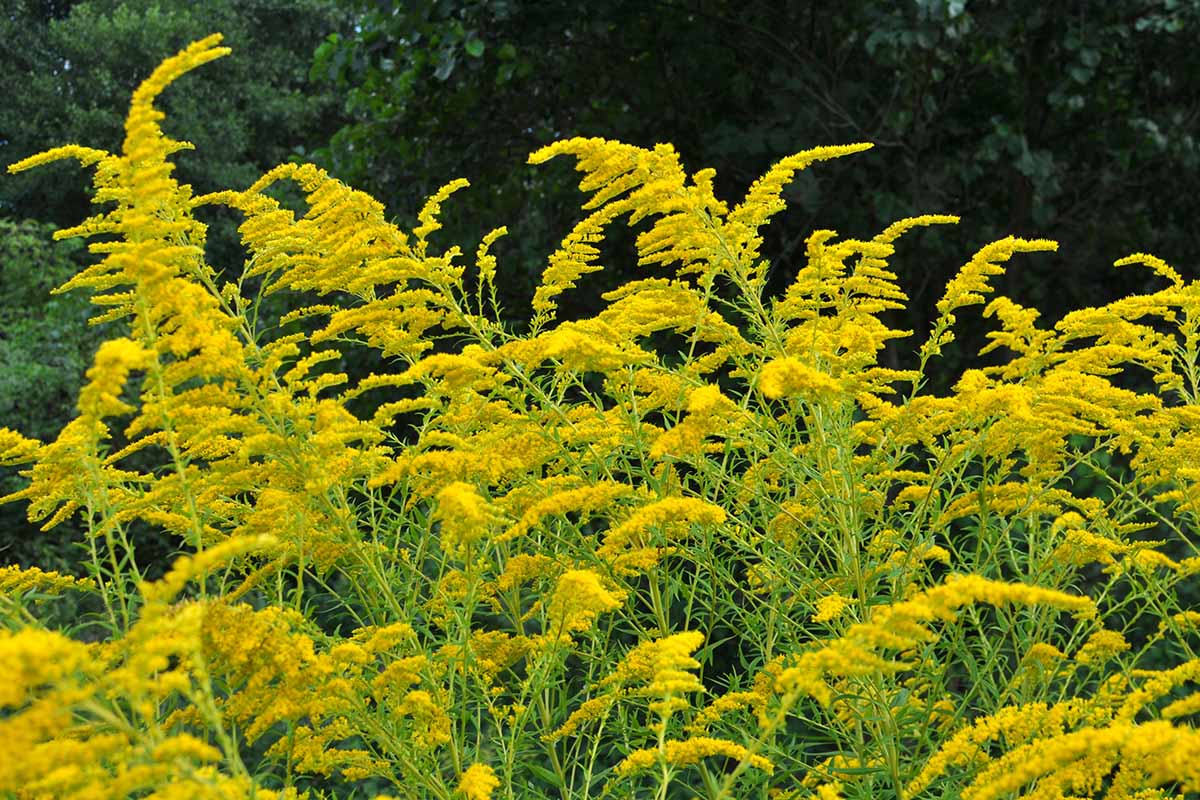
- Joe Pye weed: Joe Pye weed is a type of wildflower that blooms in the summer. It produces tall spikes of purple flowers. Joe Pye weed attracts pollinators and butterflies, and it can help to deter pests.
- Milkweeds: Milkweeds are a type of plant that is known for its milky sap. They are the host plant for monarch butterflies, and they can help to attract other pollinators as well. Milkweeds are native plants and can help to improve the soil quality in your garden.

- Sunflowers: Sunflowers are a type of annual plant that blooms in the summer. They come in a variety of colors, including yellow, orange, and red. Sunflowers attract pollinators and butterflies, and they can help to improve the soil quality in your garden.
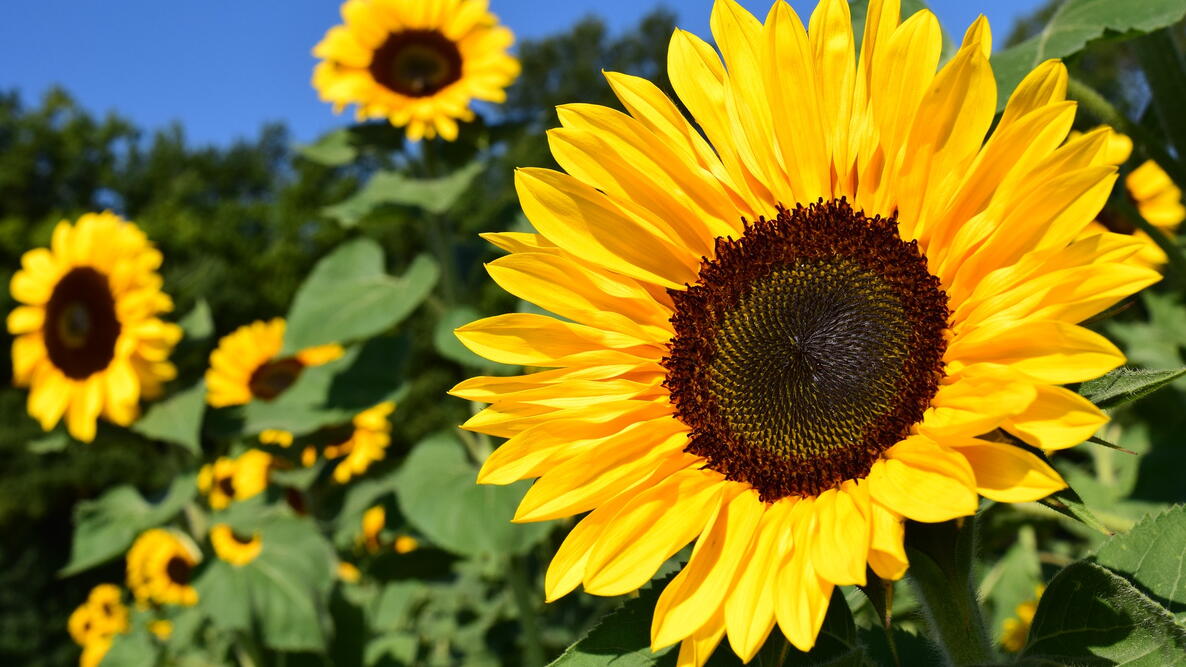
- Thistles: Thistles are a type of wildflower that blooms in the summer. They come in a variety of colors, including purple, pink, white, and yellow. Thistles attract pollinators and butterflies, and they can help to deter pests.
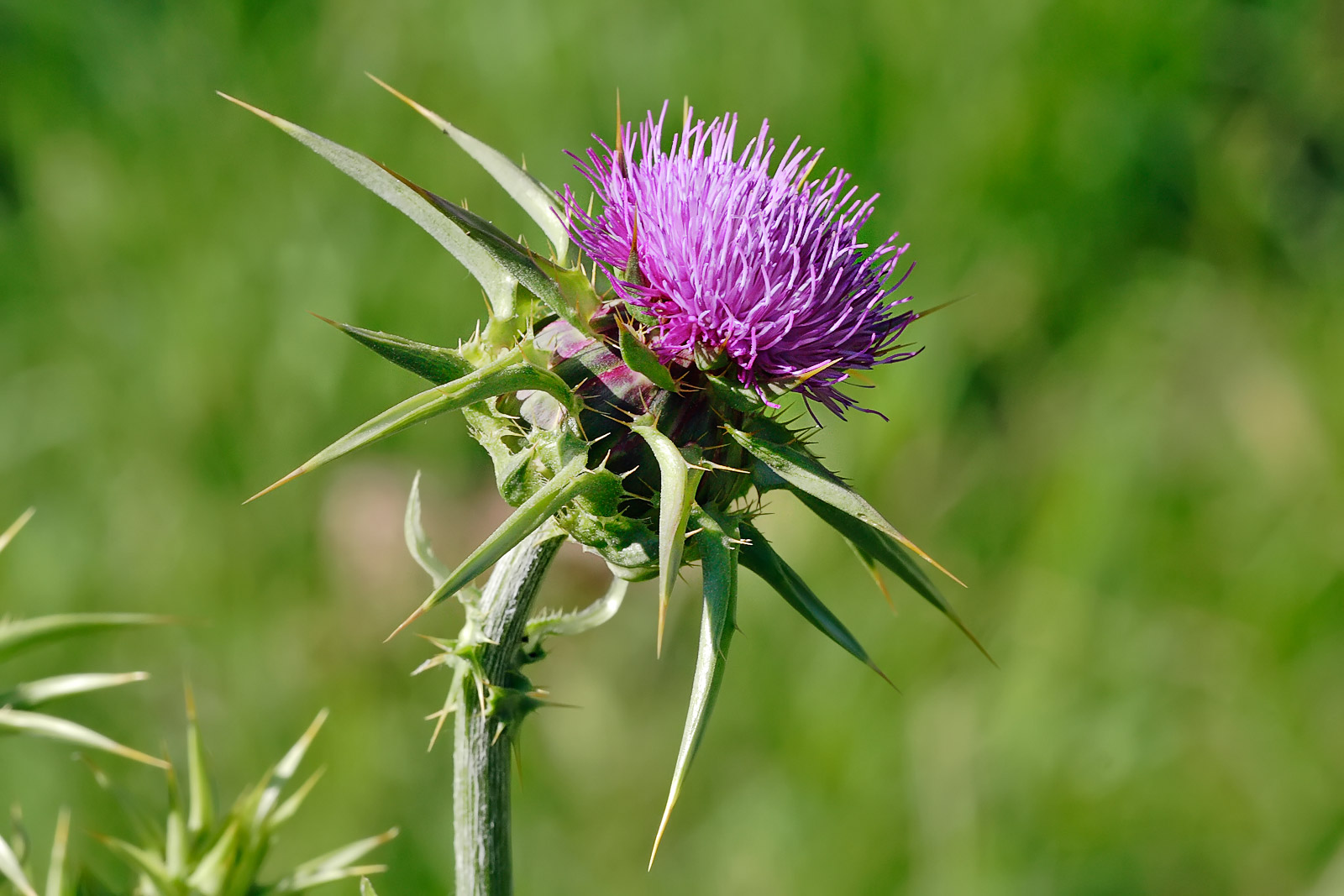
- Wild bergamot: Wild bergamot is a type of wildflower that blooms in the summer. It produces clusters of purple flowers. Wild bergamot attracts pollinators and butterflies, and it can help to improve the soil quality in your garden.
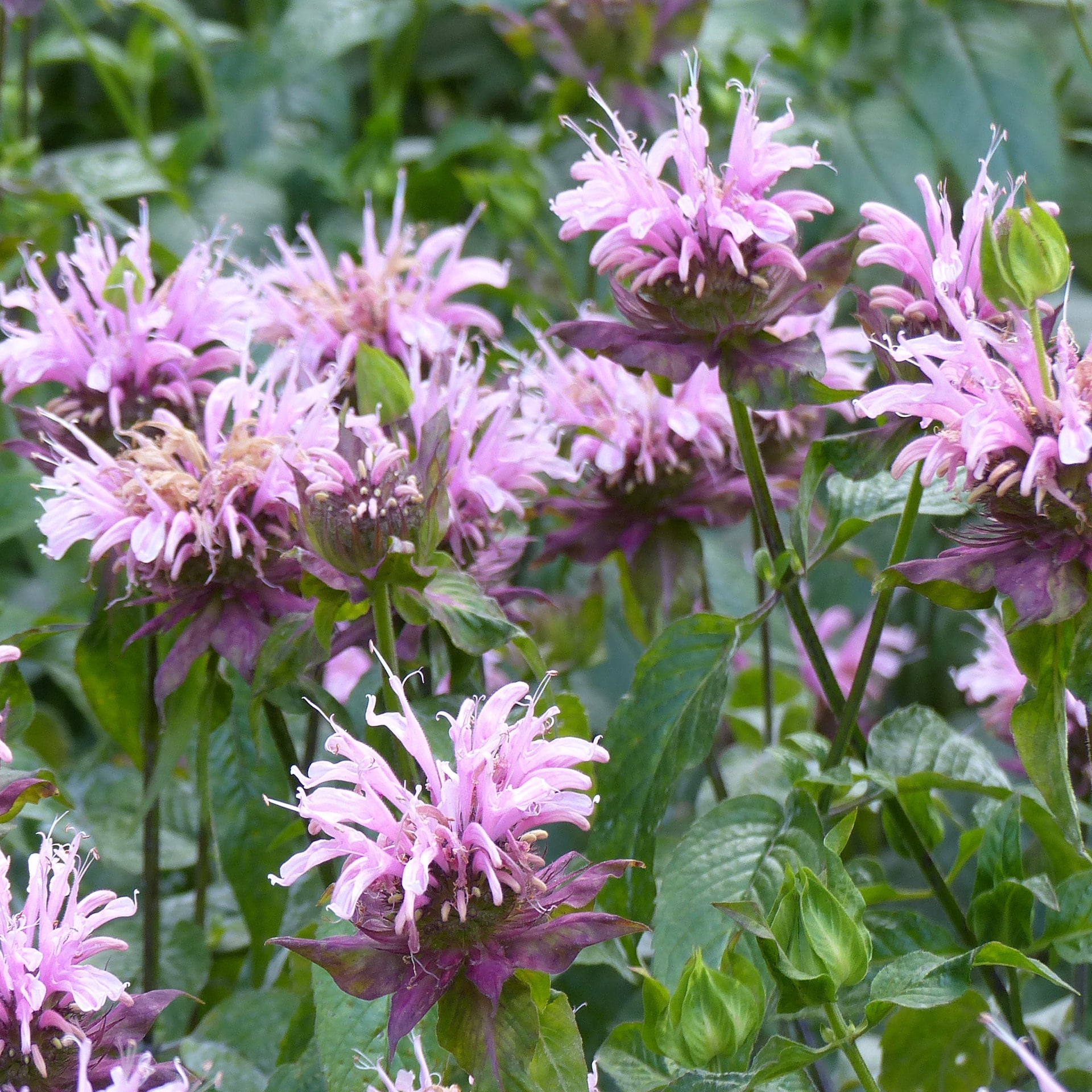
Conclusion:
Culver's root is a beautiful and versatile plant that can be enjoyed in any garden. By planting it with the right companion plants, you can help to ensure its health and productivity. The companion plants listed above are just a few of the many that can be grown with Culver's root. With a little research, you can find the perfect companion plants for your garden and create a thriving ecosystem for all your plants.
Culver's root (Veronicastrum virginicum) is a tall, herbaceous perennial that blooms in late summer with white or lavender flowers. It is native to North America and can be found in a variety of habitats, including meadows, prairies, and woodlands. Culver's root is a relatively easy plant to grow and care for, and it can be a beautiful addition to any garden.
When choosing companion plants for culver's root, it is important to consider the plant's preferred growing conditions. Culver's root prefers full sun and moist, well-drained soil. It is also tolerant of a variety of soil types. Some good companion plants for culver's root include:
- Lead plant (Amorpha canescens)
- Heath aster (Aster ericoides)
- Shooting star (Dodecatheon meadia)
- Rattlesnake master (Eryngium yuccifolium)
- Flowering spurge (Euphorbia corollata)
- Sawtooth sunflower (Helianthus sawtooth)
- Wild bergamot (Monarda fistulosa)
- Mountain mint (Pycnanthemum muticum)
- Yellow coneflower (Rudbeckia serotina)
- Black-eyed Susan (Rudbeckia hirta)
- Compass plant (Silphium laciniatum)
- Prairie dock (Silphium terebinthinaceum)
- Stiff goldenrod (Solidago rigida)
- Cordgrass (Spartina pectinata)
- Prairie dropseed (Sporobolus heterolepis)
- Golden Alexanders (Zizia aurea)
For more information about culver's root companion plants, please visit Home Gardening.
FAQ of culver's root companion plants
- What are the best companion plants for culver's root?
Culver's root (Veronicastrum virginicum) is a native North American wildflower that can be found in a variety of habitats, including meadows, prairies, and woodlands. It is a tall, upright plant with blue or white flowers that blooms in the summer. Culver's root is a nitrogen-fixing plant, which means that it helps to improve the soil quality in its surroundings. As a result, it is a good companion plant for other plants that require nitrogen-rich soil, such as tomatoes, beans, and peas. Culver's root is also a good source of nectar for pollinators, such as butterflies and bees. As a result, it can help to attract these beneficial insects to your garden.
Some other good companion plants for culver's root include:
Coneflower (Echinacea purpurea)
Black-eyed Susan (Rudbeckia hirta)
Aster (Symphyotrichum spp.)
Goldenrod (Solidago spp.)
Sunflower (Helianthus annuus)
How far apart should culver's root companion plants be planted?
The spacing requirements for culver's root companion plants will vary depending on the specific plants you are growing. However, as a general rule of thumb, you should plant culver's root companion plants about 1-2 feet apart. This will give them enough room to grow and thrive.
- What are some of the benefits of planting culver's root with companion plants?
There are several benefits to planting culver's root with companion plants. First, companion plants can help to deter pests and diseases. For example, culver's root can help to repel aphids and spider mites. Second, companion plants can help to improve the soil quality. As mentioned above, culver's root is a nitrogen-fixing plant, which means that it can help to add nitrogen to the soil. This can benefit other plants that require nitrogen-rich soil. Third, companion plants can help to attract pollinators. Culver's root is a good source of nectar for butterflies and bees, which can help to pollinate your other plants.
- What are some of the challenges of planting culver's root with companion plants?
There are a few challenges that you may encounter when planting culver's root with companion plants. First, some companion plants may compete with culver's root for water and nutrients. Second, some companion plants may be susceptible to the same pests and diseases as culver's root. Third, some companion plants may not be compatible with culver's root's growth habit.
Overall, there are many benefits to planting culver's root with companion plants. However, it is important to do your research and choose companion plants that are compatible with culver's root's growth requirements. By doing so, you can create a thriving garden that is beneficial to both plants and wildlife.
Image of culver's root companion plants
- Little Bluestem: This is a tall, native grass that provides a good backdrop for culver's root. It blooms in late summer and fall with blue-green flowers.
- Meadow Blazing Star: This is another tall, native wildflower that blooms in late summer and fall with orange flowers. It attracts butterflies and other pollinators.
- Orange Coneflower: This is a shorter, native wildflower that blooms in summer with orange flowers. It is also a good source of nectar for butterflies and other pollinators.
- Rough Blazing Star: This is a tall, native wildflower that blooms in late summer and fall with pink flowers. It is similar to meadow blazing star, but it has rougher leaves.
- Royal Catchfly: This is a low-growing wildflower that blooms in summer with pink or white flowers. It is a good choice for groundcover and attracts butterflies and other pollinators.
- Black-eyed Susan: This is a tall, native wildflower that blooms in summer with yellow flowers with a black center. It is a popular choice for gardens and attracts butterflies and other pollinators.
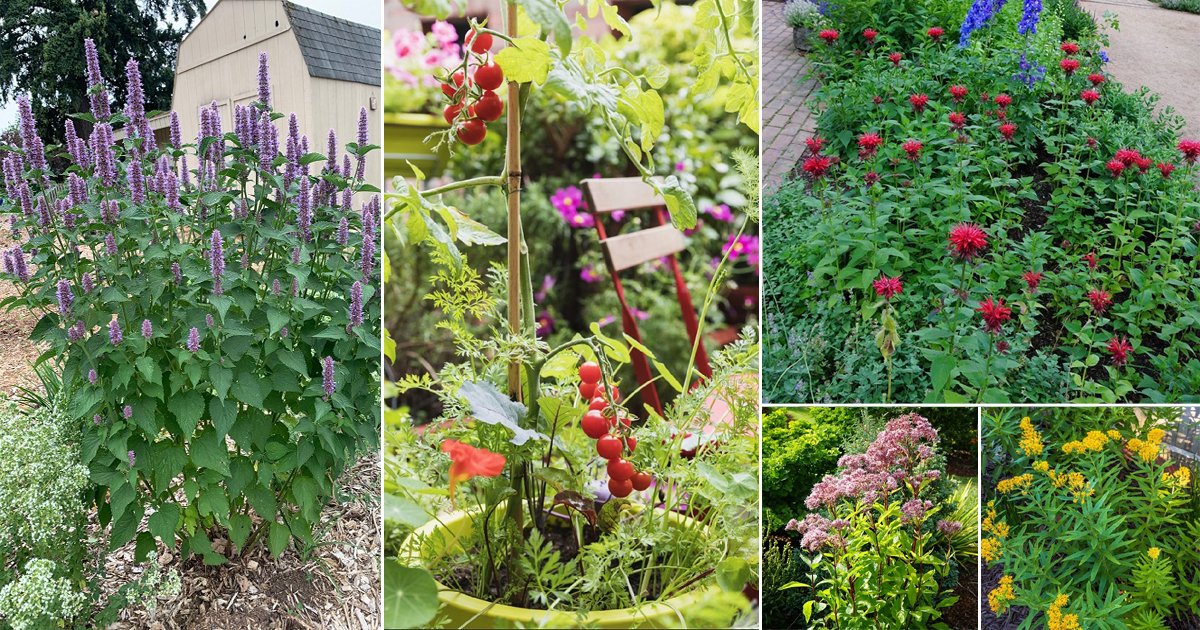
- Bee Balm: This is a low-growing wildflower that blooms in summer with red or pink flowers. It attracts bees and butterflies and is also edible.

- Coneflower: This is a tall, native wildflower that blooms in summer with yellow, orange, or red flowers. It is a popular choice for gardens and attracts butterflies and other pollinators.
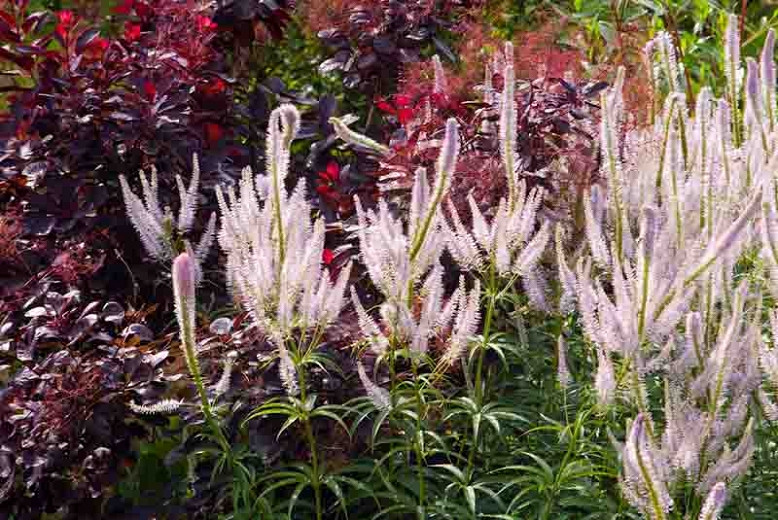
- Aster: This is a tall, native wildflower that blooms in fall with blue, purple, or white flowers. It is a popular choice for gardens and attracts butterflies and other pollinators.


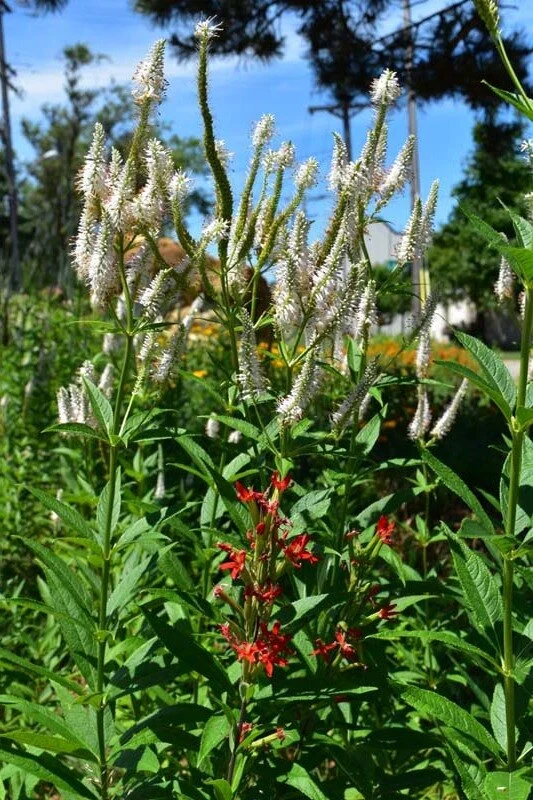
Post a Comment for "The Best Culver's Root Companion Plants"